Bathroom basins are one of the most important elements when it comes to designing a bathroom. Their main purpose is for you to cleanse your body and face in the most hygienic way possible. From traditional designs to very modern, there are lots of different styles that you can choose from if you want to add a bit of extra design flair to your bathroom with the use of a basin.
There are a number of different types of bathroom basins, which is why it’s good to be familiar with them. From ceramic to porcelain, pedestal to undermount, you’ll find there is a wide assortment of options available, each one offering its own distinct personality.
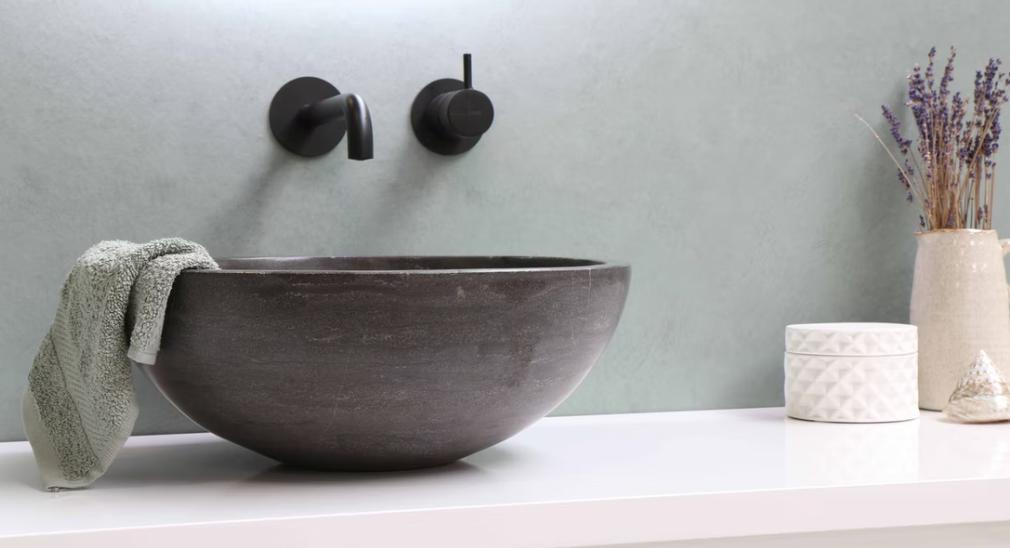
- What are Bathroom Basins?
- Bathroom Basin Shapes
- Bathroom Basin Materials
- 9 Types of Bathroom Basins
- Factors to Consider When Picking a Vanity Basin
What are Bathroom Basins?
Bathroom basins are sinks that are used in bathrooms. They’re also called vanities, and they come in a variety of styles and sizes. But what makes them different from kitchen sinks? And why would you choose to have one over the other?
Bathroom basins tend to accommodate more water than kitchen sinks at once (and thus allow you to wash your face). They may also be more stylish or decorative than their kitchen counterparts. Besides, if you want an all-around functional sink that doesn’t take up too much space, then a bathroom basin is probably for you.
Bathroom Basin Shapes
There are a few particular types of shapes to look for with regard to your basin. These are organized in different forms of the overall aesthetic, spacial awareness, and ergonomic qualities.
Square and rectangular basins: these can be combined with other shapes such as circular or oval to create an interesting look. Rectangular basins also come in different depths which can help you decide how far away you want them from the wall. A deeper one would allow more room underneath while a shallower one will make it easier to clean the floors around it.
Round and oval basins: these provide a softer feeling than square or rectangular basins but may not fit into all spaces so well unless you have a very big bathroom or can configure them creatively within your space (for example, placing one on each side of a mirror).
Bathroom Basin Materials
Bathroom basins are available in a wide variety of materials. Among the most common are porcelain, ceramic, stainless steel, and stone. Each has its own benefits and qualities that you should consider before deciding which type of material is best for your bathroom needs.
Porcelain Bathroom Basins
Porcelain bathroom basins are among the most commonly used and widely popular materials for the construction of bathroom sinks because they’re durable and easily available at most home improvement stores. With so many options of colors and designs, you will definitely find a bathroom basin that can match the existing décor of your bathroom.
Ceramic Bathroom Basins
A ceramic bathroom basin is a high-quality, durable option for your bathroom. Made from fired clay, these basins are strong and resistant to staining. They come in a variety of colors and styles to match your bathroom’s decor. Ceramic bathroom basins are also easy to clean and maintain. When properly cared for, they will last for many years.
Stainless Steel Bathroom Basins
Stainless steel is a strong and durable material that’s used in a number of different household products. It’s the perfect material for a bathroom basin because it won’t rust, retain bacteria or mildew, or chip or scratch easily. It’s also easy to clean and maintain—you can wipe it down with soap and water or use any commercial cleaning product you like. Stainless steel is also beautiful and can come in a variety of colors, from bright silver to bronze to gold.
Stone Bathroom Basins
Stone is a natural material, and it comes in many different varieties. It’s often used in bathroom basins because it can be beautiful, durable, and easy to work with.
There are all kinds of stones that you can use as a bathroom basin: marble, limestone, granite, and even concrete. Each type of stone has its own unique qualities, but they all have one thing in common: they’re sturdy, long-lasting materials that make great basins.
9 Types of Bathroom Basins
When it comes to the types of bathroom basins, there are plenty of varying designs, each with its own unique set of features. Here is a quick rundown of the most popular types:
Wash basins
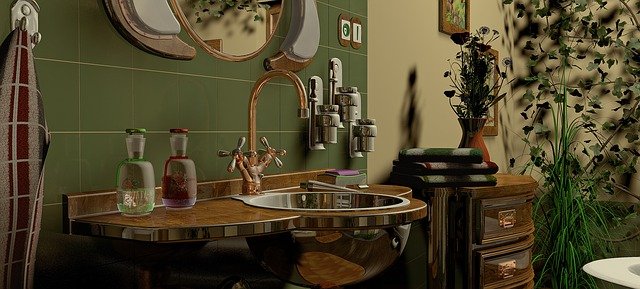
Wash basins are shallow basins, usually made of ceramic or stone, that are designed for washing hands and faces. They can also be used to brush teeth or shave. They are most commonly used in bathrooms, but they can be found in other areas of the home as well. The most common shape for this type of sink is rectangular, but round wash basins are also available.
The dimensions of a wash basin can vary depending on the model but are generally perfect for smaller bathrooms where space is at a premium and you want your guests to have plenty of room to move around when using the toilet and other fixtures in your bathroom.
Countertop basins
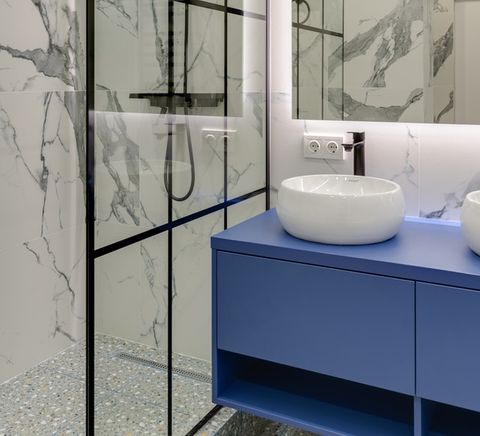
A countertop basin is a relatively common type of bathroom sink. Above counter basins are generally found in bathrooms with smaller spaces, as it does not require a lot of space for installation. It has a charming design and features such as an overflow drain (for when the water goes over the rim), internal taps, and sometimes even overflow protection systems to prevent overflowing when you flush your toilet while taking a bath or shower.
If space conservation is not a priority, above counter basins will serve as a classy addition to your bathroom. These are wonderful for containing water splashes and are very easily installed.
Pedestal basins
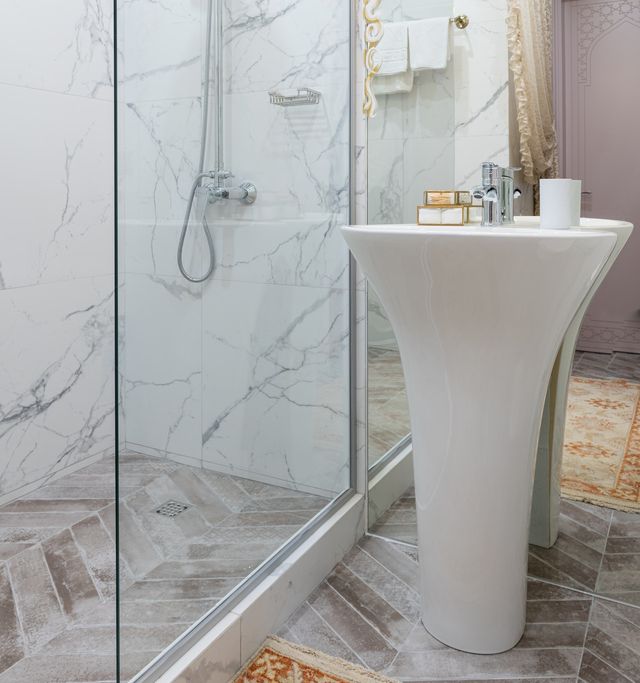
A pedestal basin is a type of bathroom basin that is supported by a pedestal. This type of basin can give your bathroom a more classic look.
Pedestal basins are different from the other types in that they aren’t freestanding—they’re placed onto a stand or pedestal. However, they still have all of the same advantages as the other types: they’re easy to clean and their shape makes them suitable for any room where space may be limited.
The pedestal basin is often used in bathrooms because it can be installed above another piece of furniture, like a cabinet or vanity. This helps to save space in small bathrooms and makes it easier to install the basin near the toilet or shower.
Wall-hung basins
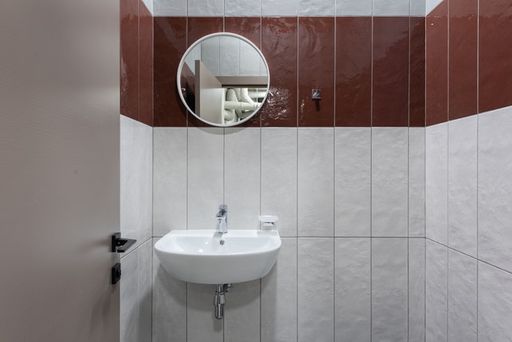
A wall-hung basin is a sink that’s mounted to the wall. If you’re looking for a clean, modern look for your bathroom, this is a great style to choose. They’re usually made of ceramic or porcelain and have a single or double bowl with either a single or double drain.
Wall-hung basins can be installed in a wetroom or a conventional bathroom. They come in a range of sizes and shapes, but most have one tap hole. In addition to being easy to install, wall-hung basins are also hygienic and easy to clean as they’re not open to the floor below them.
Semi-countertop basins
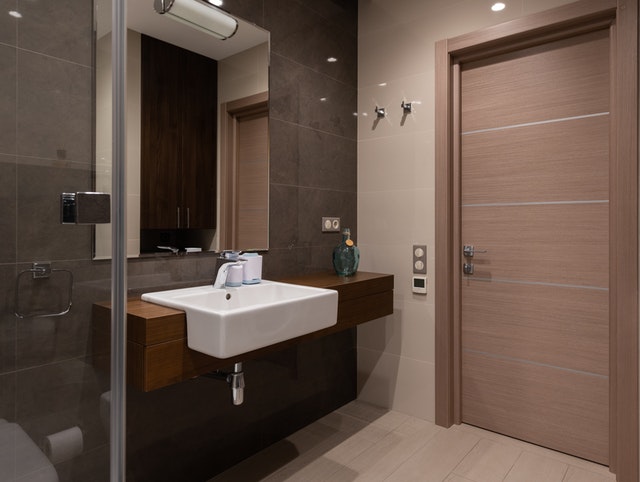
A semi-countertop basin, also known as a semi-recessed basin, is a type of bathroom basin that is partially recessed into the vanity unit or countertop, with only a small part of the sink sticking out.
These are often used in small bathrooms with larger vanities, such as those found in master bathrooms or powder rooms. They’re also the preferred choice for people who like the idea of having an exposed plumbing line instead of an enclosed vanity cabinet.
A Semi-recessed basin is not very deep, so it’s important to keep this in mind when purchasing one. They can be a great option if you’re looking for something affordable but still want a nice-looking sink.
Corner basins
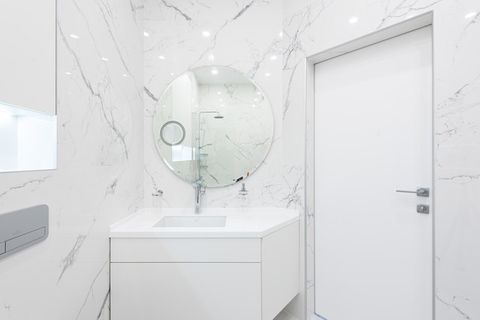
A corner basin is a sink that is installed in the corner of the room. Corner bathroom basins have been a popular choice for small bathrooms for many years. It can be used as a single sink or double sink. They are usually made of marble or granite and have a small spout, and can come in a variety of sizes, shapes, and styles so that they can be customized to suit your needs.
Corner basins are great for smaller spaces because they take up less room than traditional sinks. They also tend to be more decorative than other types of sinks so they can add character to the bathroom.
Inset basins
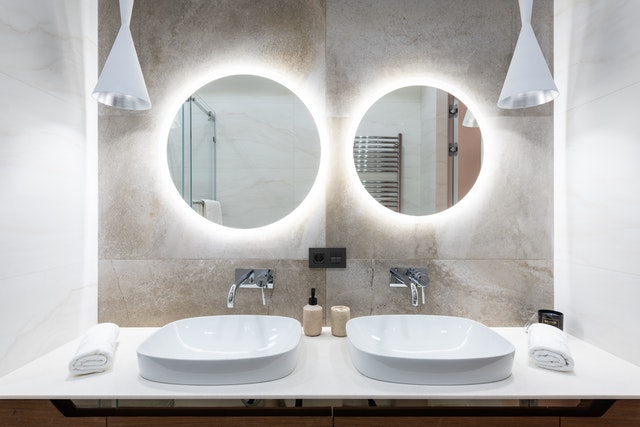
An inset basin is a sink that is embedded or installed into the countertop, rather than sitting on top of it. This style of sink is usually made of ceramic or porcelain and is often used in bathrooms with minimal space, or where the countertop is made of stone or marble because it saves on space and helps to conceal unsightly pipes or cables.
Insets are also very stylish and modern, so if you want to give your bathroom a makeover without spending too much money, inset basins are an excellent way to do so.
Insets also tend to be more durable than other types of sinks: because they’re heavy-duty, they don’t chip or scratch easily—and they can even help prevent damage from water damage when something gets spilled on them.
Drop-in basins
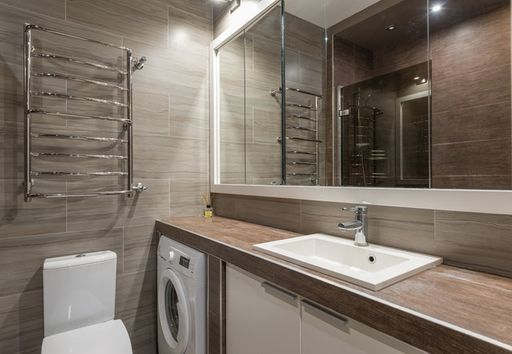
A drop-in basin is a type of sink that sits in a hole in the countertop. It’s called “drop-in” because it drops right down into the hole, instead of resting on top of it like most other types of sinks. Drop-in basins are usually used in smaller bathrooms that don’t have enough space for a full-sized vanity or pedestal sink. These basins come in a variety of sizes and shapes including rectangular, square, round, and oval-shaped bowls.
Drop-in basins have been around since the early 20th century, but they’re still popular today because they’re easy to install and maintain.
Undermount basins

You’ll likely see an under-counter bathroom basin in a variety of sizes and configurations, but they all have one thing in common: they’re mounted below the countertop. Some undermount bathroom basins are also referred to as sinks;
Undermount basins are popular because they offer a streamlined look. Also, their design means that it’s easy to clean them—you can reach right down into the basin with a sponge and wipe out any debris or buildup that may be hiding inside.
Undermount basins tend to be more expensive than other types of basins because they require skilled labor for installation. On the other hand, if you have an existing countertop without enough room for a standard sink, then an undermounted style could work very well for you.
Factors to Consider When Picking a Vanity Basin
When picking out a bathroom basin, there are a few key factors to consider:
- Size. The size of your bathroom basin is a major factor that will determine how much water it can hold and what type of faucet it can accommodate. If you have lots of space, go for a larger basin so you don’t have to refill it as often. If space is tight, find something smaller that fits into the available area without being too heavy or bulky.
- Cost. You’ll pay more for a quality sink than one made from cheap materials, but if money isn’t an issue, then there’s no reason not to get something beautiful—and that won’t fall apart after just one year.
- Design and Features. You may also want to look at how many holes are drilled into the top surface for drainage purposes; some basins come with even more than six because those extra ones make cleaning easier when getting rid of hair clogs or other obstructions
Conclusion
After reading this post, you should have a better understanding of the different types of bathroom basins. There are many considerations to take into account when choosing your basins, such as material and shape. It’s important to keep in mind that each type has its own advantages and disadvantages when it comes to functionality and aesthetics. In addition, there are also some things that might make sense for one person but not another based on their lifestyle or personal preferences
Frequently Asked Questions about Types of Bathroom Basins
The most durable type of bathroom sink is porcelain. Porcelain sinks are made from a durable material that is strong enough to withstand most types of wear and tear. It can be used for many different applications, including in the bathroom, kitchen, and garden.
The most obvious difference between porcelain and ceramic is the color—porcelain has a glossy white finish while ceramic is usually more matte. However, there’s another way to tell them apart: porcelain sinks have a slightly translucent appearance, while ceramic sinks are opaque.
The easiest way to keep your bathroom sink clean is to wipe it down after each use. Scrub it down with baking soda and water every week or so. This will prevent any buildup from getting started, and it’s also a great way to get rid of hard water stains.
0 Comments for “Different Types of Bathroom Basins: All You Need to Know”